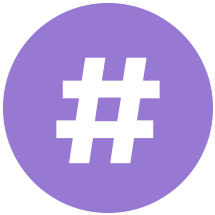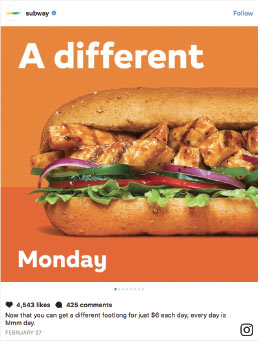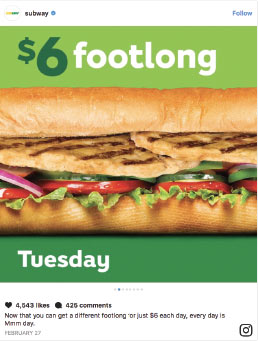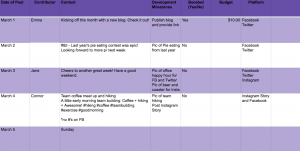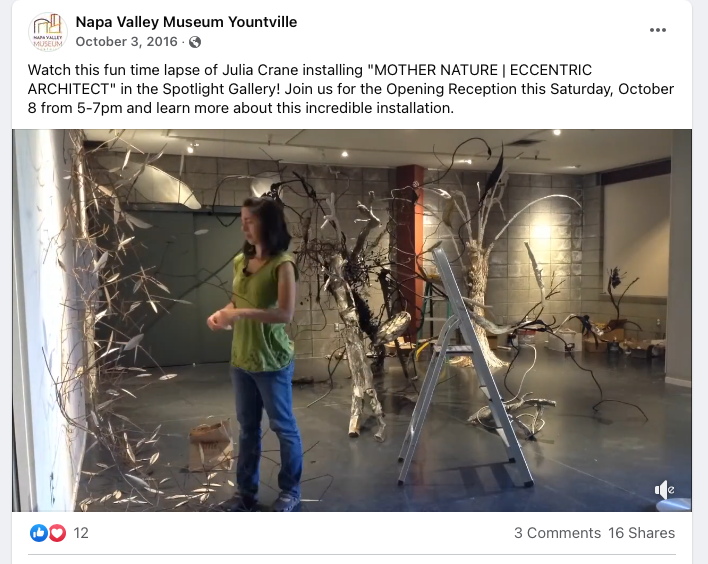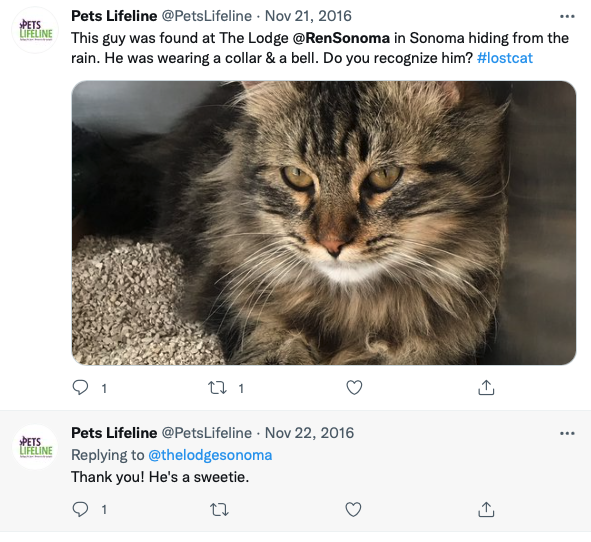As business professionals, we’ve heard it said time and time again: “It’s all about relationships,” however, relationships do not grow overnight. There are steps to take and responsibilities to fulfill before anything can flourish.
Putting forth effort to not only go above and beyond for client work, but for the client themselves, makes the difference between a one-time project and a long-standing business relationship. Going the extra mile to get to know your clients, when done consistently and genuinely, not only serves as a recognizable piece of your brand, it becomes your brand.
At A. Bright Idea, we believe in the power of doing “a little bit more,” consistently over delivering for our clients. At our annual team-building summit, we discussed how pushing every project, just a little bit further, leads our team – and the client – to even greater success. As a result, our team identified five easy-to-apply ways to help flourish your client relationships.
1. Take meetings off site
Every now and then, invite your client to a working lunch meeting or coffee. This opens a window of opportunity to get to know your client on a more personal level while also staying productive. Environment plays a critical role in someone’s willingness to engage more freely, and you’d find it surprising how relocating to an informal, comfortable setting can enhance your overall working relationship.
2. Invite casual conversation
In general, we feel less likely to share personal information if we don’t think someone is interested in hearing about it. Shift the focus of your next touchpoint to demonstrate you care about building a relationship. Adjust your opening in an email or conference call from, “I hope you had a nice weekend,” to “Betty, how was your weekend?” This simple but significant strategy tells the client you’re interested in more than the business tasking and gives you insight, connecting on a more personal level.
3. Stay social
Begin with a LinkedIn connection – the business version of Facebook. Stay up-to-date with client’s important milestones, including work anniversaries and recognitions, and engage with likes, comments or congratulatory messages. Take it one step further and do “a little bit more” by endorsing the skills listed on the client’s page or write up a personal recommendation. These acknowledgments go above and beyond to further build the connection.
4. Pick up the phone
In a digital world, it’s easy to get lost behind the screen in email. If you need to touch base with your client, make an effort to pick up the phone and call—nothing beats talking directly for clear communication. Going out of your way to make a connection can only improve strong working relationships.
5. Dive into their industry
Make an effort to stay aware of your client’s industry. Share related videos, news clips or events of interest when applicable even if it doesn’t relate to the project you’re currently working on. This not only demonstrates your expertise, but highlights your willingness to go above and beyond for their success, ultimately paying dividends in your overall relationship.
While some of these tips speak to client-facing relationships, everyone at the organization is a representative and their role in supporting these strategies further positions a business for continued relationship growth.


